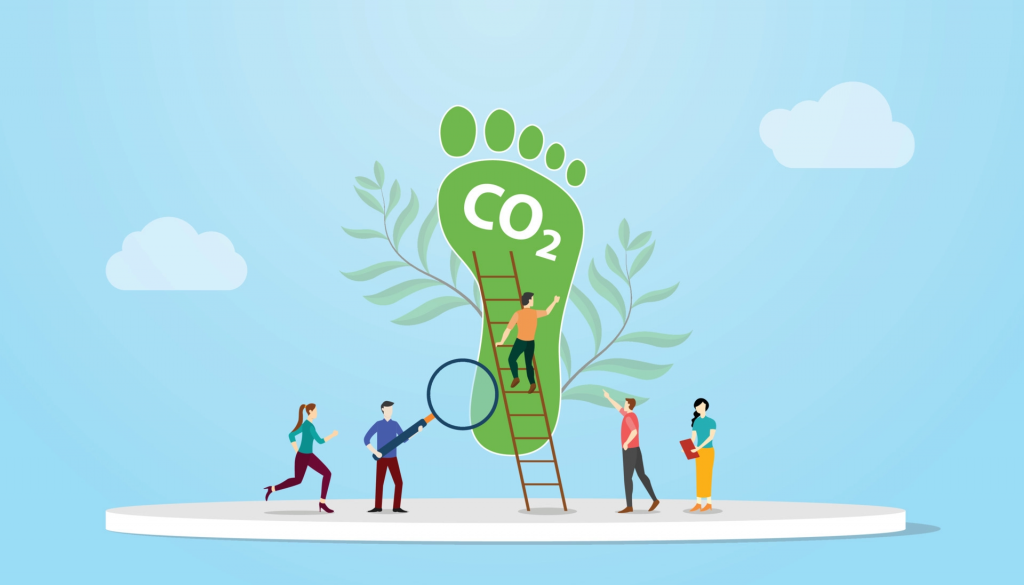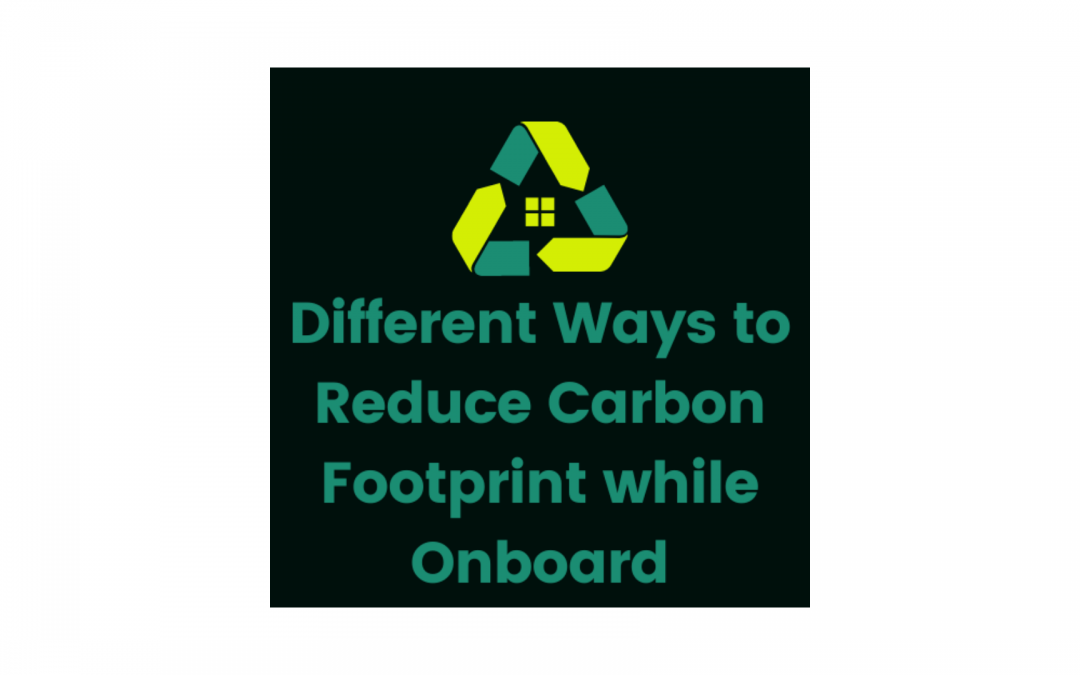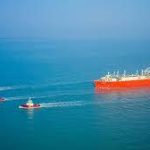
The world as we know it has come to become more environmentally conscious. It is not all about plastic bags anymore; it’s about making everyday choices that will quite literally determine our success or failure as a species. We can be more conscious about reducing pollution, protecting wildlife, conserving natural resources, and taking other actions that can help slow the rate of climate change.
Everyone can make a difference in every small way, particularly when smart environmental choices become a habit and perhaps even begins influencing others into taking similar actions. Doing the right thing for the future of life on Earth can even have immediate personal benefits
In order to reduce the carbon footprint, seafarers should take an active part in efficient ship operations. This also makes it vital for the vessels’ waste management teams to work together in order to understand and comply with waste reduction, recycling, and management.
Proper handling of waste products while onboard is critical to prevent marine pollution. We need to reduce the amount of trash we create and reuse or repurpose consumer goods rather than throw them away.
It is not possible to offer an exhaustive list of things you can do to help protect the environment or rank them based on impact, but here is a short list of relatively easy things you can do to shrink your carbon footprint while onboard and initiate change on a larger scale, so there is no more climate change affects that can’t be stopped.
Reusable items at sea: Wherever possible, opt for reusable items for your time at sea. For example, rather than buying single-use plastic water bottles, take reusable bottles such as metal thermos with you. You could also take items that have been made from recycled waste, such as recycled toothbrushes, containers, etc.
Speed and Route Planning Optimization: Energy efficiency can be improved by following some guidelines provided by the IMO. Tuning and optimizing the engine is the first step. In the case of an incorrectly tuned engine, you will consume too much fuel. You can also optimize your fuel consumption by constant weather routing, monitoring the hull’s performance, slowly steaming etc.
All types of ships can benefit from the guidelines given by IMO to optimize fuel consumption, whether they are bulk carriers, container ships, tankers, or cruise ships. In essence, you need to run your ship at its best, because fuel consumption is the vessel’s largest expense at the end of the day. Ship Owners and marine operators to effectively prepare, constitute and implement a Management Plan that could be carried out at sea.
Lighting on board: Use the lighting system on board effectively. Switch off all the internal lights for areas such as cabins, recreation rooms, mess rooms, common spaces, etc. when not required. Make efficient use of the ship’s AC by closing all doors, etc.
Efficient Use of Ship’s Laundry: Ship’s laundry should be used appropriately such that the output is more and the energy used is less. Use appropriate settings on the washing machines and dryers that are suitable for the kind of clothes to be washed and dried.
Save Paper: Conserve the use of paper and its products on board. Minimize to eco – printing techniques. The paper could be reused in many ways for day-to-day operations. Common recycle bins for reusable items could be a good bet.
Repair Leakage: Repair leaking fresh water taps and pipelines that are used for domestic consumption.
Buy products with less packaging: The waste landfills are bulked up with consumer product packaging. Containers and packaging made up the largest portion of municipal waste at almost 78 million tons or nearly 30%. Slightly more than a third gets recycled, but huge amounts end up in landfills. Packaging also adds significantly to both the cost and carbon footprint of consumer products. When it’s not possible to avoid packaging, reuse containers, and bubble wrap, or see if your local shipping service can use them. The third best alternative, after reducing and reusing, is recycling.
Avoid disposable products: Paper and plastic plates and utensils, disposable diapers, paper towels and napkins, cheap plasticware, and other non-durable consumer goods (goods designed to last for a short period of time) make up about 20% of the waste stream. A great concern is the greenhouse gas emissions that result from these items. Store away a quantity of durable, bargain-priced dishes, flatware, and glassware for parties and picnics. Use cloth napkins, cloth rags, rechargeable batteries, durable razors, and refillable coffee thermoses for take-out coffee.
Kick the bottled water habit: Americans consumed 13.7 billion gallons of bottled water in 2017, beating carbonated drinks for the second year in a row. It’s the convenience of bottled water that makes it so popular. And consumption continues to grow as consumers move away from sugary drinks in pursuit of better health and still use bottled water to the detriment of environmental health. In addition, plastic bottles can take 450 years or more to decompose. So, yes, drink plenty of water for good health, but use a reusable water bottle or simply a glass as you pour water from your tap. A water purifier can be installed in the drinking water system of the ship, which will reduce the plastic mineral water bottle consumption and thus the usage of plastic bottles.
Upgrade to a green computer: When you are ready to buy a new computer, buy one with an Energy Star label to save 35%-65% in energy use, and consider a laptop, which uses much less energy than a desktop computer. Donate your old computer rather than recycle it.
Stop throwing out food: Individuals must not take excess food on their plates to avoid wastage. One must realize that there are also energy, production costs, and resources involved in the production and transport of thrown food.
Therefore, the best way to reduce marine pollution is to eliminate the root cause of it i.e., waste production. But this is not practically possible as waste is bound to generate from a normal ship and crew operation. Hence by following a greener method to Reduce Carbon Footprint while onboard we not only help the environment but also contribute to making the future greener and eco-friendlier.





